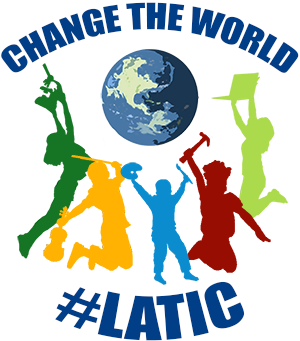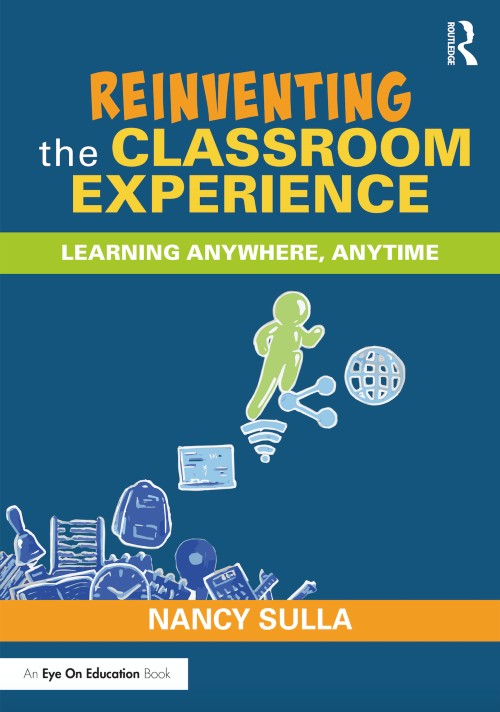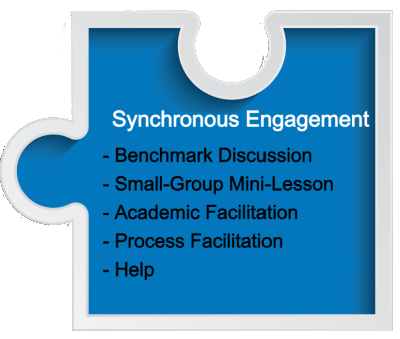Learning in schools is “teacher-dependent” with the core element being the “lesson.” In March of 2020, when students and teachers shifted to remote instruction, the “teacher-dependent” approach failed us. Schools are talking about learning losses; students weren’t logging in to join lessons; primary teachers were trying to help students stay focused; teachers, students, and parents were fatigued and stressed. This points to the need to shift to “student-dependent” learning with “curiosity and drive” as the core elements. While this isn’t a new need, the pandemic shed light on the challenges of depending on live, teacher-delivered lessons for learning.
If students are engaged and empowered to take charge of their own learning, teachers are able to become true facilitators of a learning process that meets the needs of every individual student in the class. Teacher-dependent learning relies on student compliance, which eroded when students shifted to home-based learning.

Prior to the pandemic, my consulting work focused on designing Learner-Active, Technology-Infused Classrooms (LATIC) — learning environments that have students taking charge of their own learning. During the pandemic, I received emails, texts, and phone calls from educators telling me that LATIC prepared them for this very moment. Students and teachers shifted to work from home, but the structures in place that worked in the classroom worked nearly as well at home.

That led me to delve more deeply into the idea of implementing structures and strategies that would work as well at home as they do in school. My new book, Reinventing the Classroom Experience: Learning Anywhere, Anytime, begins shipping mid-April! It is a collection of structures and strategies that will allow educators to design learning environments in which students can learn anywhere, anytime … where we may never suffer learning losses again from an interruption to “school as we know it.” Let’s take a look at such an environment:
- Learning begins with purpose! Launch all units of study with a real-world problem or challenge for students to tackle. Better yet, let students identify the problems and challenges, with teachers determining how to connect those to the curricular goals. (I offer you my blog post on the 5 Ps of PBL and another on finding the perfect problem!)
- Expectations guide progress! Whatever problem you are solving or challenge you are tackling, knowing the audience, the constraints, and the expectations of yourself and others helps you in planning your learning path. The same is true in classrooms. Analytic rubrics provide students with clearly articulated expectations and a roadmap for achieving them.
- Access to personalized opportunities to learn empowers learners! Whether through an activity list or a hyperlinked rubric, teachers become curators, identifying and designing a variety of learning activities to achieve curricular expectations. That includes learning activities to address learning gaps (e.g., prerequisite skills), English Language Learners, various learning modalities, gifted learners, a cognitive progression toward success, learning disabilities, and more (including 5 types of videos to rock instruction and 5 types of learning activities). Students are empowered to make choices and plan how, when, where, and with whom to work.
- Coaches count! The role of the teacher now shifts to that of a facilitator — a coach! Coaches provide insights to groups but more often address the progress of individuals. The teacher is freed up from offering live, whole-class lessons to supporting students through at least five aspects of synchronous engagement. (Read “Teacher as GPS.”)

These structures and strategies are intended to be implemented whether students are fully in school, fully remote, or hybrid in their attendance. They position students to build academic resilience! IDE Corp. provides transformational professional development to design learning environments that shift from being “teacher-dependent” to “student-dependent.” We also provide consulting in designing problem-based curricula and leadership coaching to position teachers for success. Our sister company EdQuiddity Inc provides facilitated online courses and self-paced online courses in designing learning environments for learning anywhere, anytime.
